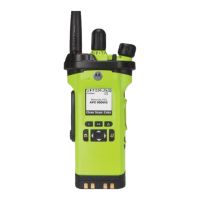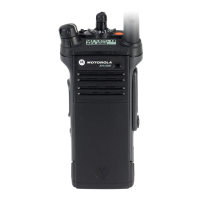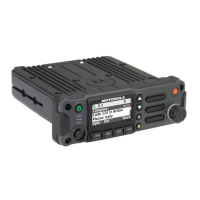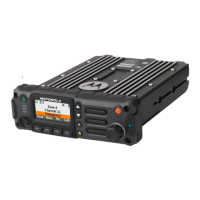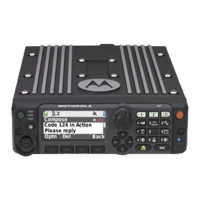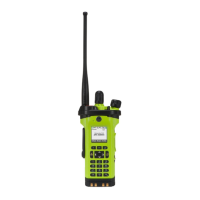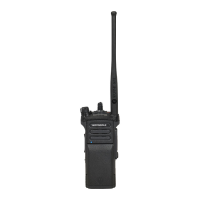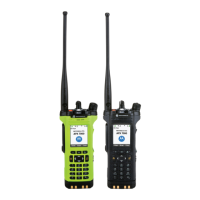You Hear Tone Name Heard
A Group of
Low-Pitched
Tones
Busy When system is busy.
Short, Medium-
Pitched Tone
Valid Key-Press When a correct key is pressed.
Radio Self Test Pass When radio passes its power-up self test.
Clear Voice At beginning of a non-coded communication.
Priority Channel Received When activity on a priority channel is received.
Emergency Alarm /Call
Entry
When entering the emergency state.
Central Echo When central controller has received a request from a radio.
Long, Medium-
Pitched Tone
Volume Set When volume is changed on a quiet channel.
Emergency Exit When exiting the emergency state.
A Group of
Medium-
Pitched Tones
Failsoft When the trunking system fails.
Automatic Call Back When voice channel is available from previous request.
Keyfail When encryption key has been lost.
Console Acknowledge When status, emergency alarm, or reprogram request ACK is
received.
Identifying Status Indicators
58
English
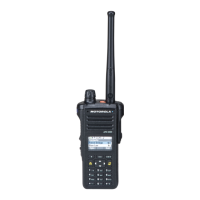
